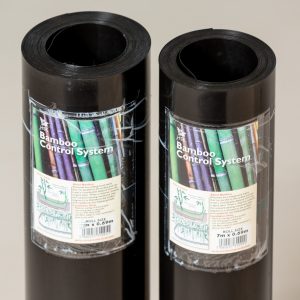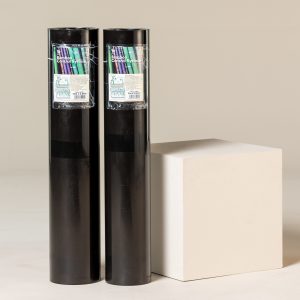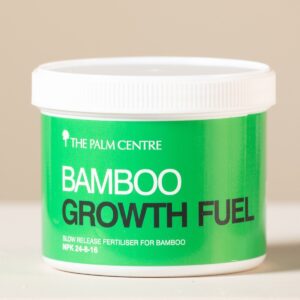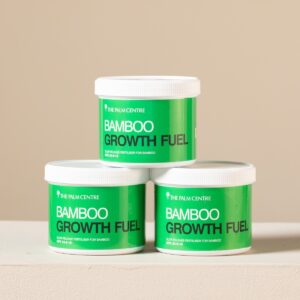Bamboo is a versatile and attractive plant that can be used for a variety of purposes, including as a privacy screen, windbreak, or simply for its aesthetic appeal. Phyllostachys bamboo which is known as a running bamboo, is a popular choice for planting in the ground due to its fast growth rate and ability to form dense clumps.
However, planting Phyllostachys bamboo can be challenging, as it has a tendency to spread aggressively and can become invasive if not properly contained. In this article, we will discuss recommendations for planting Phyllostachys bamboo in the ground, including the use of a root barrier and installing an irrigation system.
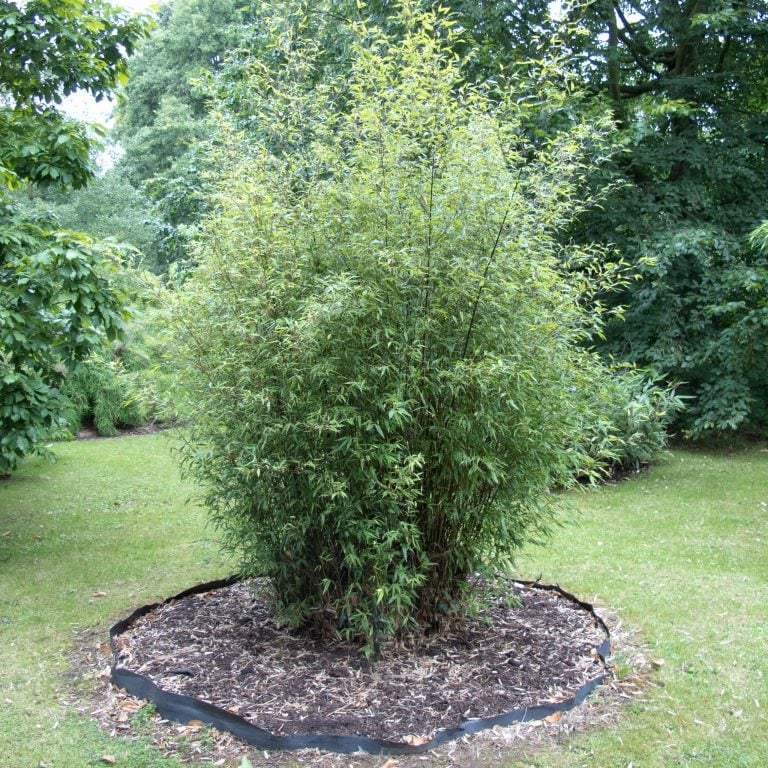
Root Barrier
One of the most important considerations when planting Phyllostachys bamboo in the ground is the use of a root barrier. A root barrier is a physical barrier that is placed around the bamboo to prevent its roots from spreading beyond a certain point. This is important because Phyllostachys bamboo has a running growth habit, which means that it spreads rapidly through underground rhizomes. If left unchecked, these rhizomes can quickly take over a garden or even invade neighbouring properties.
There are several types of root barriers available, including plastic, metal, and concrete. The most effective type of root barrier for Phyllostachys bamboo is a high-density polyethylene (HDPE) plastic barrier. This type of barrier is durable, flexible, and resistant to cracking, which makes it ideal for use in areas with heavy clay soils. When installing a root barrier, it is important to ensure that it is at least 60cm deep and extends 5-10cm above the soil surface to prevent the bamboo from spreading over the top.
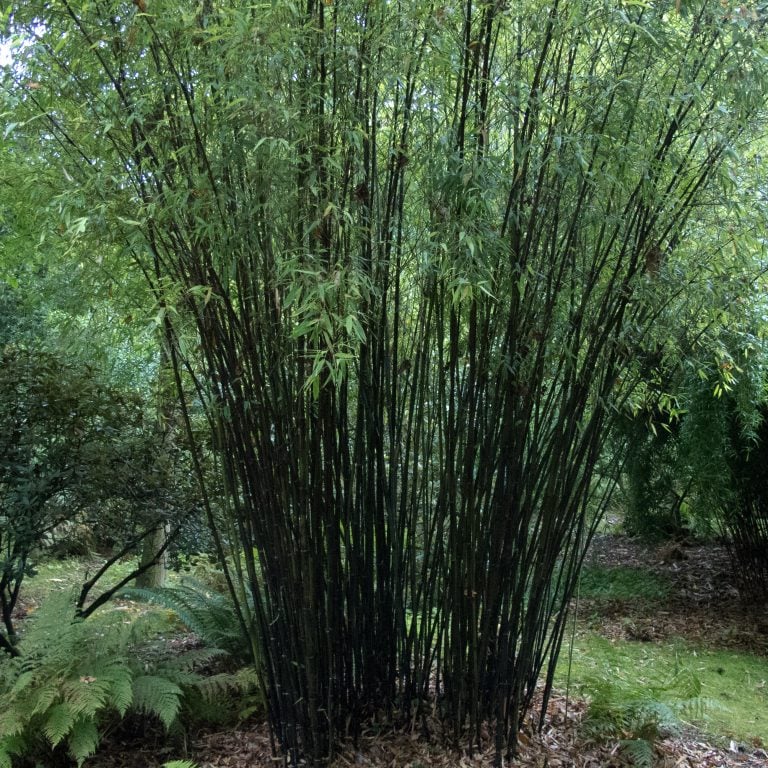
Irrigation
In addition to a root barrier, Phyllostachys bamboo also requires adequate moisture to thrive. While it can tolerate periods of drought, it will grow more quickly and be healthier if it receives regular watering. An irrigation system can be installed to provide consistent moisture to the bamboo, especially during periods of dry weather.
There are several types of irrigation systems available, including drip irrigation and sprinkler systems. Drip irrigation is the most efficient type of irrigation system for Phyllostachys bamboo, as it delivers water directly to the roots, reducing water loss due to evaporation. It also helps to prevent fungal diseases, which can occur when the foliage of the bamboo gets wet.
When installing an irrigation system, it is important to ensure that the water is delivered evenly to all parts of the bamboo clump. This can be achieved by placing the irrigation lines at regular intervals throughout the bamboo clump and ensuring that they are buried deep enough to avoid damage from mowing or other garden activities.
Fertilising
All bamboos are heavy feeders. We recommend applying a slow-release bamboo fertiliser twice a year, once in April before the new culms emerge, and again in the autumn while plants are building up their reserves for the following year.
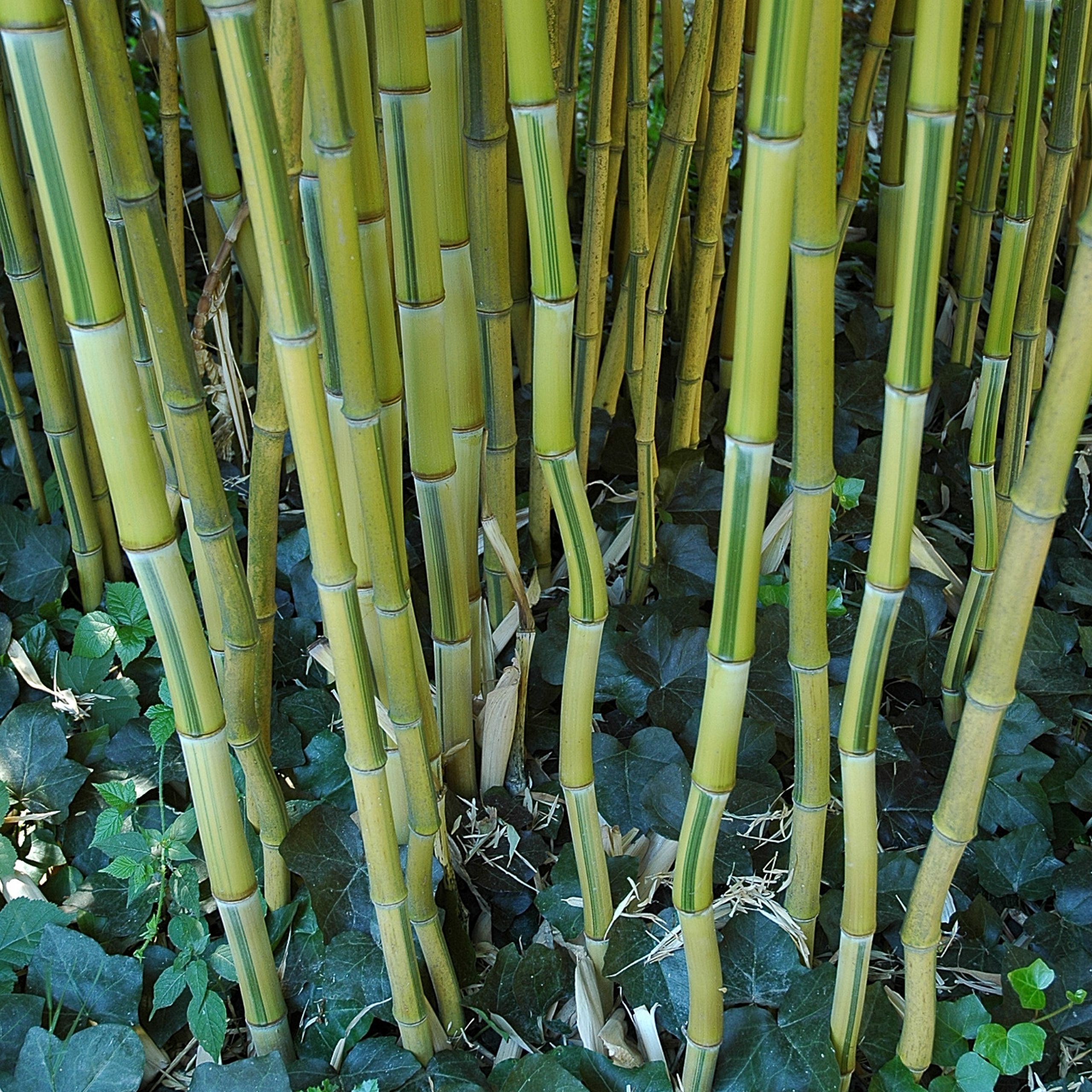
Conclusion
Planting Phyllostachys bamboo in the ground can be a challenging task, but with the use of a root barrier and an irrigation system, it can be a rewarding and attractive addition to any garden.
By following these recommendations, you can enjoy the beauty and benefits of this fast-growing plant while preventing it from becoming invasive and causing problems for you or your neighbours.
More questions?
See our Frequently Asked Questions section about bamboo
